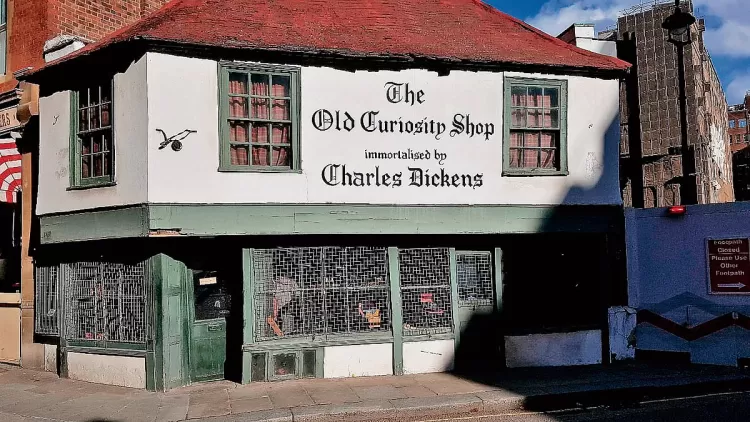A conservationist studies lessons on sustainability from the 600-year-old Bishnoi community

Join our WhatsApp Community to receive travel deals, free stays, and special offers!
- Join Now -
Join our WhatsApp Community to receive travel deals, free stays, and special offers!
- Join Now -

The Bishnoi believe in saving the planet, but they can’t do it on their own. If billions of non-Bishnois all do their little bit, drop by drop…who knows? Perhaps we could start using “bishnoi” as an adjective in the way “zen” is used: this project is very “bishnoi”. It takes care of nature.
Back in 1983, in the Kanpur district of Uttar Pradesh, the state to the east of Rajasthan, poachers were targeting nilgai, those large antelopes who are fond of eating crops.
On 26 April, a twenty-three-year-old man – a non-Bishnoi – announced that in fifteen days he would set himself alight if this nilgai poaching was not stopped.
Nobody responded. On 11 May, Harinarayana Bajpai duly settled himself down on the banks of the river Saigur and burned himself to death.
The Bishnoi read about his actions and took his cause as their own. They sent reports of the incident to government officials and awaited responses.
None came.
So they announced that one Bishnoi a day would sit where Harinarayana had sat and follow his example, set themselves alight, until action was taken.
Their deadline neared.
On 13 August, the state government of Uttar Pradesh announced the banning of many forms of hunting.
One man burns himself to death? Well, that’s one protester less. One nuisance...
What's Your Reaction?
 Like
0
Like
0
 Dislike
0
Dislike
0
 Love
0
Love
0
 Funny
0
Funny
0
 Angry
0
Angry
0
 Sad
0
Sad
0
 Wow
0
Wow
0



















































